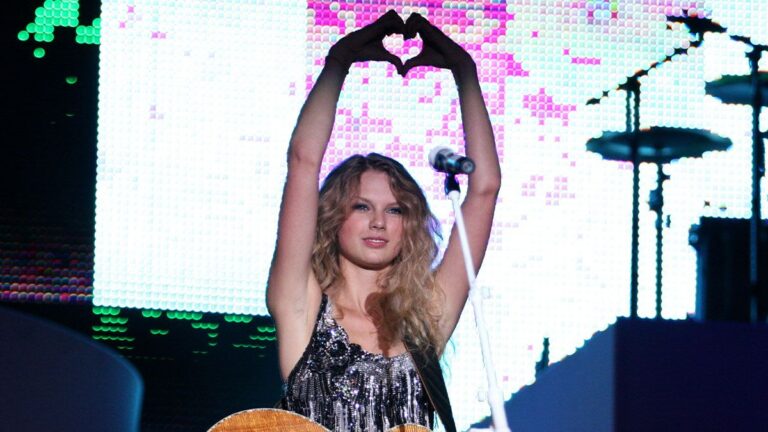But if your consumer is an older millennial who can vividly remember the days of vlogging and the early years of YouTube, then there is a lot of fun to be had with overly curated flat lays and shelfies, old-school unboxing videos, or even millennial pink — very clear visual cues that make you cringe a little but absolutely feel relatable, Scott explains. “It plays into the nostalgia that millennials and Gen Zs really respond to.”
Maybelline was known for its catchy “maybe she’s born with it, maybe it’s Maybelline” jingle in the ’90s and noughties, but omitted it from campaigns come 2015, as it began to focus on the Gen Z consumer. Now, a decade later, the beauty brand is re-issuing the jingle — albeit a tweaked version using new instruments — for its latest campaign. The jingle, in many ways, represents peak millennial makeup culture, aka using makeup to transform rather than enhance. But it had an 85 per cent recall among consumers the brand surveyed, says global brand president Sandrine Jolly.
“[Bringing back the jingle] we are employing a multi-faceted approach, focusing on modernisation, relevant cultural alignment and shared values,” she says. “In essence, Maybelline isn’t just bringing back an old jingle; it’s relaunching a modernised anthem… making it relevant while honouring its heritage.”
When aiming for sincerity, it’s about being honest while providing hope, rather than doom and gloom, Baron says, pointing to Converse’s 30-second, sincere ‘Dear Future Self’ videos (published on its YouTube channel), which spotlight the queer community. The ad flips the familiar concept of writing a letter to one’s younger self in order to achieve closure on past struggles by showing seven global creatives pen hopeful letters to their future selves, instead. “The art direction combines camcorder-style footage of them at home and also meeting with their queer communities, overlaid with buoyant, hope-emphasising soundbites from their letters,” she explains.
On Converse’s main e-commerce site, an interactive grid displays clickable photographic portraits of the creatives, which connect to letter excerpts, a short bio, and (adding a commercial spin) their product pick from Converse’s Pride collection, Baron adds.
Even when embracing earnestness in this way, there are key things for brands to avoid. “Avoid platitudes, earnestness and toxic positivity of any other kind, particularly when delivered via the mouthpiece of influencers who appear to have it all worked out,” says Baron. “This is effectively a top-tier cringe — keep it more real and more relatable.”


